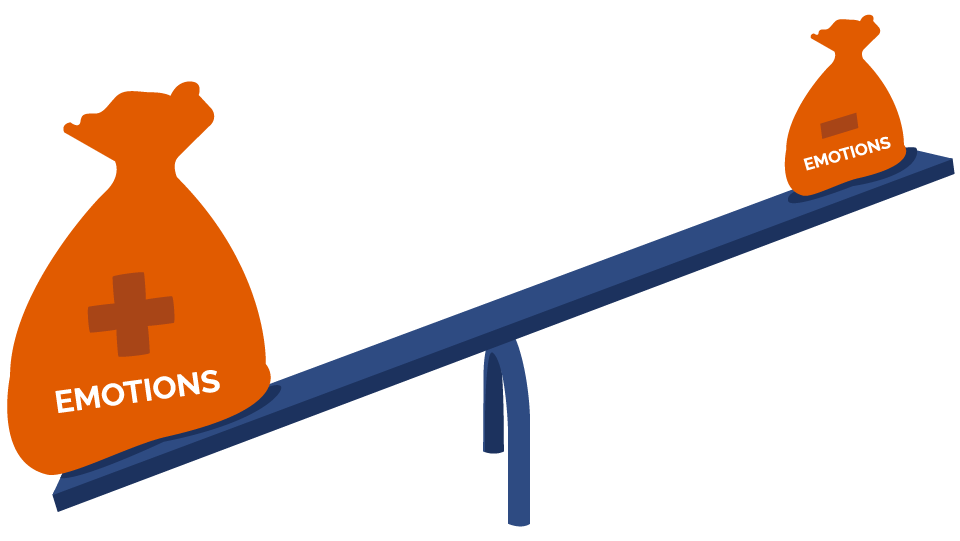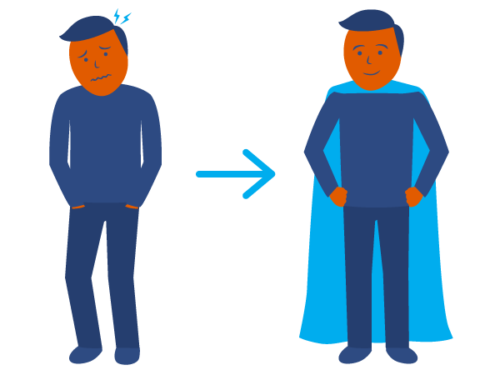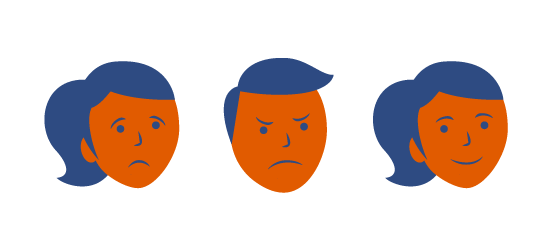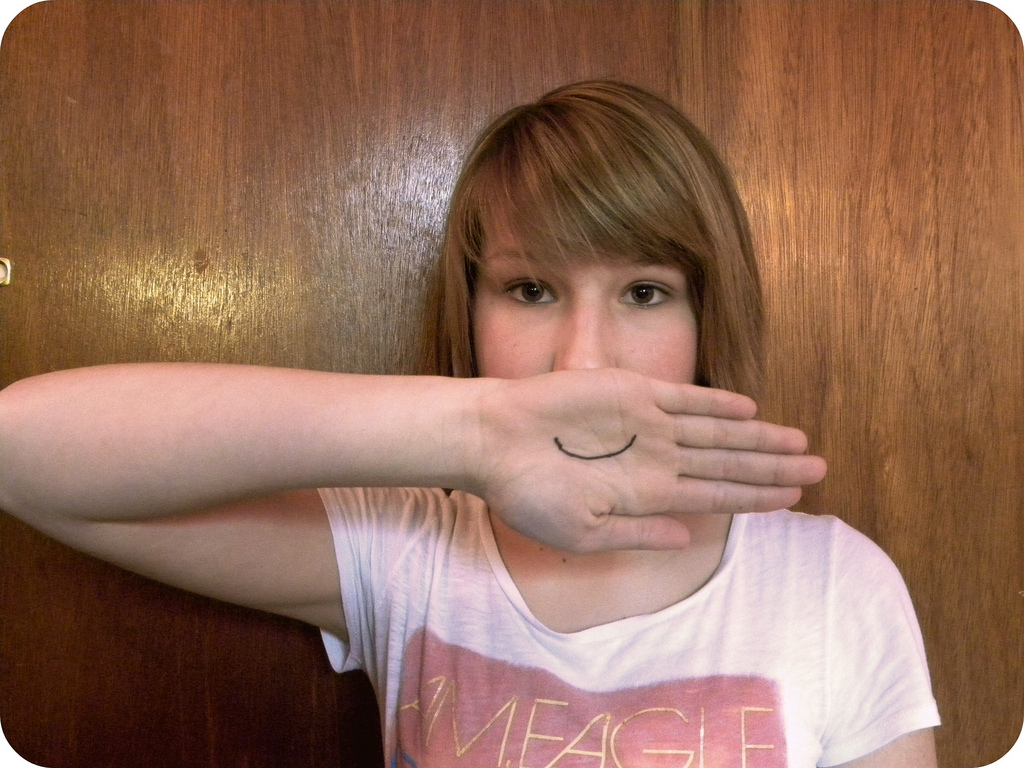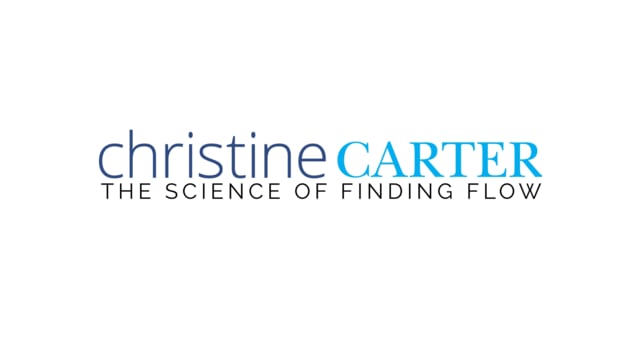Enough about all the negative consequences of inauthenticity; let’s take a look at the benefits of letting ourselves feel what we feel!
#1: Happiness
Research shows that when we accept and let ourselves feel (and even express) what is going on emotionally for us, our overall happiness increases and depression decreases. Ironically, research shows that people who regularly suppress difficult emotions tend to experience more negative emotions overall.
Why might this be? Suppressing an emotion tends to increase the body’s physiological response to that emotion, essentially making it bigger (rather than making it go away). This increases our experience of negativity.
But when we don’t numb or deny our difficult emotions, they tend to dissipate, and our experience of them lessens. Moreover, when we let ourselves feel what we feel, we are able to access the full range of our emotions, including positive ones, like gratitude and compassion and inspiration and awe. Needless to say, these emotions make us feel happier and more satisfied with our lives.
#2: Love
Another consistent benefit of letting ourselves feel what we feel is that our relationships tend to improve, sometimes dramatically.
For example, the less often that people report suppressing their emotions over a two-week period, the better they tend to feel about their relationships over the course of three months.
This sort of authenticity—defined by psychologists as “the sense of empowerment and freedom to act in a way that is an expression of deeply held values, goals, and feelings, rather than the product of external pressures and expectations”—predicts the tendency to avoid destructive behavior in intimate relationships. More than that, it predicts greater relationship quality overall.
Why?
Because authenticity creates intimacy. Research shows that young adults in romantic relationships are most intimate with and most committed to dating partners who see them as they see themselves; connection and intimacy in our relationships depend on our feelings of being understood. In other words, when our romantic partners see us the way that we see ourselves—which they can only do if we don’t hide our feelings—our relationships last longer and are more fulfilling.
#3: Wisdom
Last but certainly not least, when we let ourselves feel what we feel we gain access to the most powerful part of our brain and nervous system: our intuitive, unconscious, and visceral knowledge.
Our unconscious knowledge is shockingly powerful—and far more extensive than our conscious knowledge. Consider that our conscious brain processes information at a rate of about fifty bits per second, while our unconscious, intuitive nervous system processes information at a rate of 11 million bits per second. Fifty versus 11 million. That’s not a small differential, and it means that our unconscious minds are constantly cluing us into our experience, both internal and external, if only we pay attention.
Here’s the catch: our intuitive knowledge system does not speak in words. It speaks to us through our bodies and through our feelings. Where our conscious critical thinking is very verbal, analytical, and linear, our unconscious and intuitive knowledge is emotional, embodied, automatic, and instinctual.
The unconscious power of our brain is the difference between being intelligent and being truly wise. According to social psychologists Thomas Gilovich and Lee Ross, authors of The Wisest One in the Room:
The difference between wisdom and intelligence is noteworthy. Intelligence involves taking the information available and processing it effectively—thinking about it logically and drawing sound conclusions. That is certainly an important component of wisdom. But a wise person does something else–a wise person goes beyond the information that is immediately available. Wisdom involves knowing when the information available is insufficient for the problem at hand. It involves the recognition that how things are right now might seem very different down the road.
This post is from a series about authenticity from the “Science of Finding Flow,” an online course I created as a companion to my book The Sweet Spot: How to Accomplish More by Doing Less. Want to go on to the next class or start the course from the beginning? It’s free! Just go to The Science of Finding Flow course page. Enjoy!


